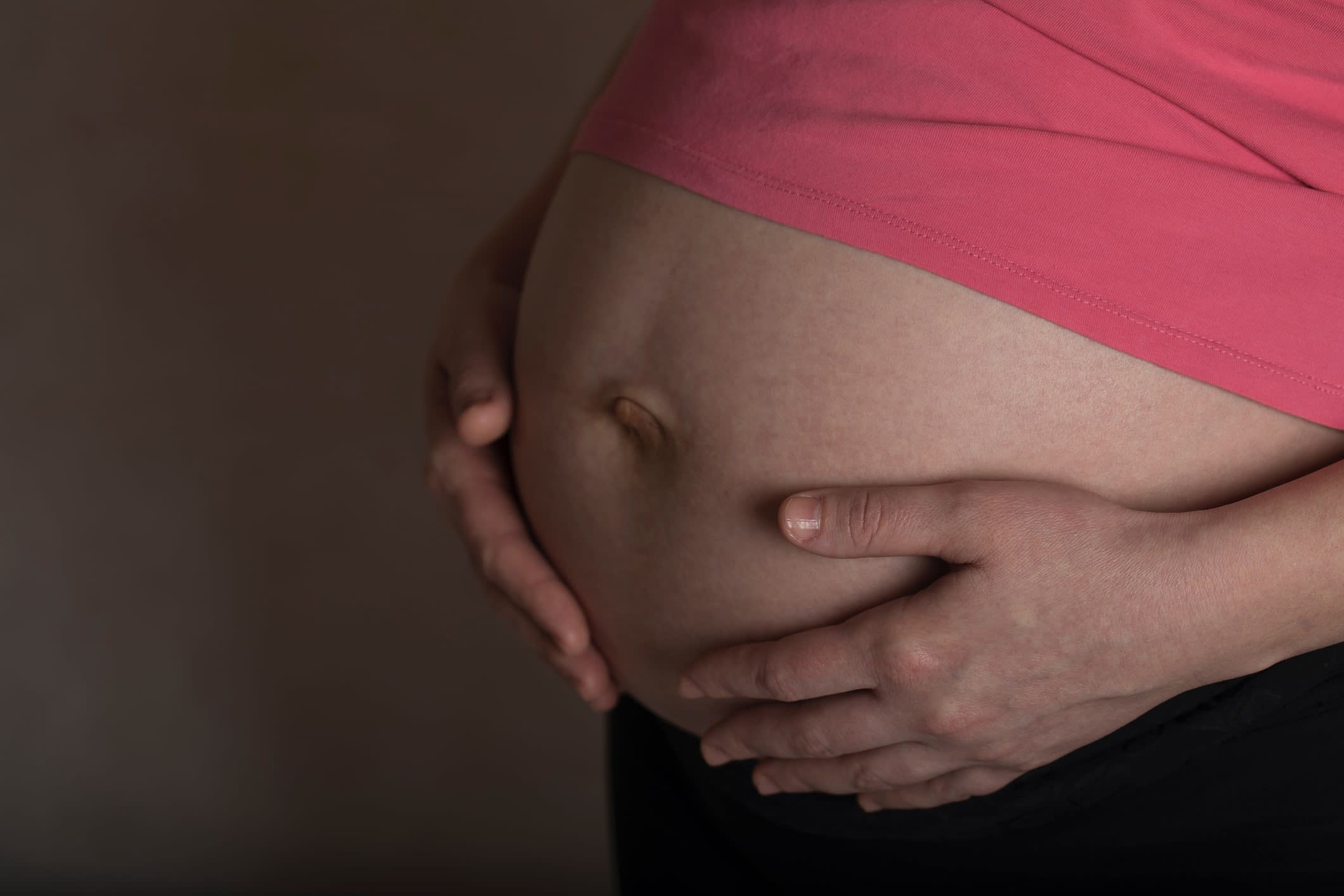Each year, more than 300,000 babies are born in Australia.
Dominique Allen
Associate Professor and Senior Lecturer, Monash Business School
Adriana Orifici
Lecturer, Business Law and Taxation
It should be one of the most joyful times in a woman’s life, but it can instead be a period of great anxiety due to discrimination in the workplace, and sometimes even job loss.
Supporting women while they’re pregnant, during parental leave, and when they’re returning to the workforce is an ongoing issue for employers across Australia.
Sadly, our research, Understanding Pregnancy Discrimination, shows women aren’t always being supported, and employers can be unaware of their legal responsibilities, or struggle to navigate complex workplace laws.
We conducted a pilot study into how pregnancy discrimination manifests itself at work. Working with community legal centre JobWatch Inc, we were given access to 42 de-identified case studies of women who contacted JobWatch in the 2018-19 financial year because they’d experienced discrimination at work on the basis of pregnancy or breastfeeding.
We then (anonymously) interviewed four of these women.
Information of this kind is hard to capture, because women who pursue legal claims about discrimination because of pregnancy or breastfeeding usually settle their claim before it’s heard by a court.
It’s very common for women to sign a confidentiality agreement when they settle their claims. These agreements prevent them from speaking about their experiences or the claims they’ve made. They are, in effect, silenced.

Discrimination at every stage
Our study not only revealed women can experience discrimination during their pregnancies, but at every stage of the journey after the baby’s arrival – during parental leave, when they’re seeking to return to work, and once they’ve returned to work after the birth of the child.
We found that the most common form of discrimination women encountered involved their employers changing the terms and conditions of employment, to their detriment.
For example, some women contacted JobWatch because their employers had reduced their shifts during their pregnancies, or offered them roles with less pay, status or responsibility when they were returning from parental leave.
Some experienced other detrimental changes to their employment, such as being moved from full-time to casual employment.
Job loss through either termination or redundancy was also common following the announcement of a pregnancy.
Isabelle* told us:
“I had a glowing, like, ‘You’ve changed the business, you’re amazing’, incredible [performance review]. And then a couple of weeks later, when I announced my pregnancy, everything just started to nosedive.”
Certain duties or working environments can be unsafe for pregnant workers.
Some employers refused to make temporary changes to duties or work arrangements for pregnant workers, even though the request was based on advice from medical practitioners. Some women contacted JobWatch because their employers had directed them to take paid or unpaid leave, rather than making adjustments.
Others queried whether their employers’ requests for additional evidence or information from their medical practitioners (before adjustments would be made) were necessary or reasonable.
Kaitlyn* had a high-risk pregnancy and provided her employer with a medical certificate from her doctor that set out the work she could undertake. She contacted JobWatch because she was concerned her employer ignored the medical advice and directed her to do work that her doctor considered unsafe.
Kaitlyn refused, and took paid sick leave to avoid having to perform duties that were unsafe during her pregnancy.
Courts, tribunals examined
As part of the pilot study, we also examined the decisions of courts and tribunals to understand what they revealed about how pregnancy discrimination manifests itself in the workplace.
Anti-discrimination laws are one pathway that women can use if they encounter discrimination at work when pregnant; they can also use the Commonwealth Fair Work Act 2009, which is the principal law that regulates employment in Australia.
We identified relevant decisions made under the “general protections” jurisdiction of the Fair Work Act, which among other things prohibits detrimental treatment at work (known as “adverse action”) because of an employee’s “pregnancy”.
Several of these decisions involved pregnant employees being subjected to unfounded or deficient redundancy processes, misconduct proceedings, or underperformance processes.
Other decisions involved detrimental treatment of pregnant employees by employers who were either unwilling to accommodate an employee’s work capacity between pregnancies, or acted on unfounded assumptions that the employee couldn’t perform the work because of her pregnancy.
The cases reveal how important it is for employer processes to be scrutinised to ensure they don’t lead to discriminatory outcomes. They also show how unhelpful assumptions about the capacity of pregnant employees continue to operate in some workplaces to the detriment of women.

Heightened workplace insecurity
Workplace gender equality Recent inquiries and reports, including the groundbreaking Respect@Work report published by the Australian Human Rights Commission, have highlighted that it’s crucial to promote gender equality at work.
Our study shows women continue to experience inequality at work during pregnancy, and that current manifestations of discriminatory conduct in the workplace are diverse and varied.
Pregnancy can heighten insecurity at work for employees, and diminish their access to core labour standards and entitlements, such as access to paid parental leave, because they find themselves in working conditions that make it impossible to remain in the job.
It’s deeply concerning that some pregnant employees continue to find themselves in positions where they have to leave their jobs. The findings of the study point towards the need for regulatory reform to address the dismissal of workers during pregnancy, including on the basis of redundancy.
*Names have been changed to protect identity








